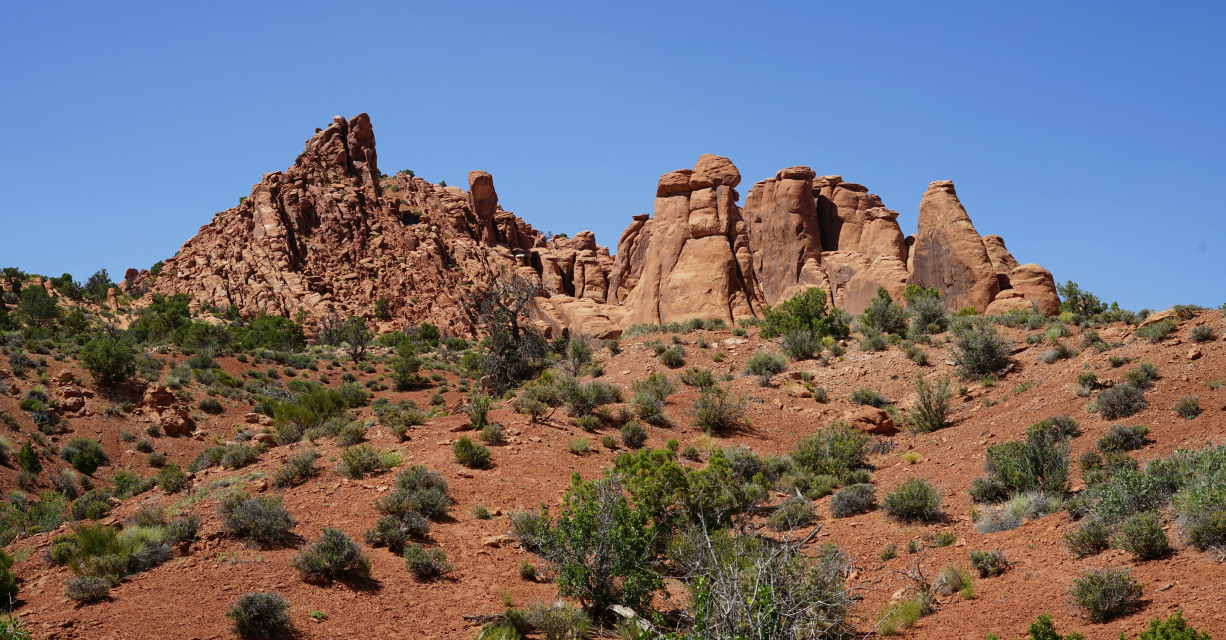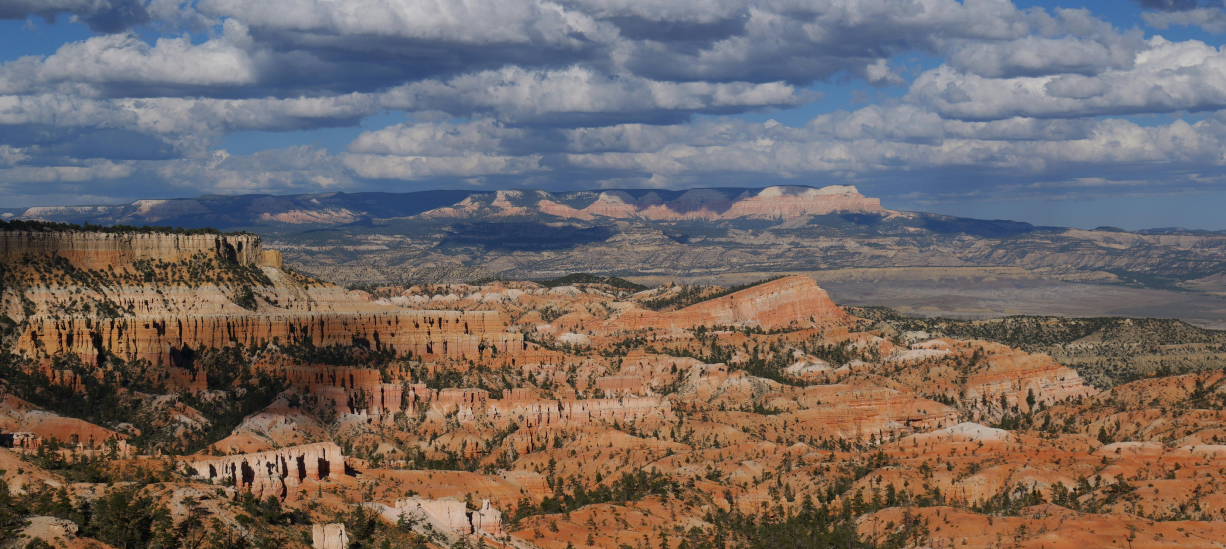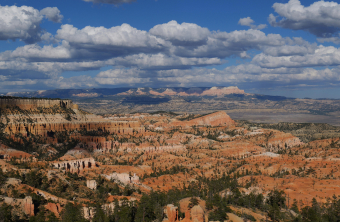

Embarking on a journey to explore the vast landscapes of America often conjures images of towering trees, majestic mountains, and, unfortunately for some, the unexpected encounter with relentless rain showers. The allure of the great outdoors can sometimes be dampened by the unpredictability of Mother Nature. However, for those adventurers eager to bask in the sun rather than seek refuge from the rain, America’s diverse geography offers some of the driest, yet most captivating national parks in the country. Armed with data from the National Oceanic and Atmospheric Administration (NOAA), let’s embark on a sun-soaked adventure to discover three of America’s least rainy national parks.
Nestled between California and Nevada, Death Valley holds the title for the hottest place on Earth. It’s a landscape so alien, so vast, that it beckons the brave to explore its arid expanses. Death Valley’s scarcity of rain isn’t just a feature; it’s a defining characteristic, ensuring that your explorations through its salt flats, sand dunes, and badlands are almost guaranteed to be free from rain’s interruption.
But Death Valley’s dryness doesn’t mean it’s devoid of surprises. The rare occurrence of rain transforms the park, creating temporary lakes that mirror the sky above, a sight beautifully described by lifestyle and travel blogger Dawn Marie Dunlap. It’s a reminder of the desert’s capacity for change, however infrequent that may be.
Venturing north to Alaska, the Gates of the Arctic offers a different kind of dryness. Here, the lack of rainfall doesn’t lead to barren landscapes but instead, to pristine wilderness. The park’s remoteness and untouched beauty make it a haven for those looking to truly disconnect and immerse themselves in nature. With opportunities for trekking through rugged terrain, floating down untamed rivers, and witnessing the Northern Lights, the Gates of the Arctic is a testament to the diversity of America’s dry lands.
The park’s low visitor numbers add to its allure, offering solitude and an unparalleled connection with the wilderness. It’s a place where the dry climate contributes to the clarity of the sky, making each night a spectacular show of stars and, if you’re lucky, the mesmerizing dance of the Aurora Borealis.


In the heart of New Mexico lies White Sands, an ethereal landscape of glistening white dunes stretching as far as the eye can see. Unlike the sandy deserts you might imagine, White Sands is made of gypsum, a mineral that keeps the sand cool to the touch, even under the blazing sun. This unique characteristic not only makes for comfortable exploration but also invites activities like sledding down the dunes, a whimsical twist on traditional desert adventures.
White Sands also holds secrets of ancient human and animal life, with footprints dating back thousands of years, offering a tangible connection to the past. It’s a place where the dryness of the environment has preserved history in its most literal form, inviting contemplation on the passage of time and the enduring nature of the landscape.
These three national parks – Death Valley, Gates of the Arctic, and White Sands – each offer a distinct experience shaped by their dry climates. From the scorching heat of Death Valley to the cool serenity of the Arctic and the otherworldly beauty of White Sands, they promise adventure without the worry of rain clouds looming overhead. So pack your bags, slather on the sunscreen, and set out to explore these sun-drenched wonders. Whether you’re drawn to the extremes of Death Valley, the untouched wilderness of the Arctic, or the magical dunes of White Sands, you’re guaranteed to return with stories of America’s dry yet dynamic landscapes.